Digital twins have been heralded in advanced technologies as tools for enhancing productivity and operational efficiency. However, their potential extends far beyond these applications, particularly into the vital area of sustainability. This blog explores how digital twins can be pivotal in fostering sustainable practices across various industries, not just boosting productivity.
Understanding Digital Twins
A digital twin is a virtual replica of a physical object, process, or system that can be used for various purposes, including simulation, analysis, and monitoring. Originally developed to improve manufacturing processes and product lifecycle management, the concept has since permeated other sectors, such as healthcare, urban planning, and sustainability.
Enhancing Environmental Sustainability
Real-time Resource Monitoring
Digital twins enable the real-time monitoring of resources, significantly reducing waste and improving resource efficiency. For instance, digital twins can simulate and predict water flow and usage patterns in the water management sector, allowing for optimal distribution and reducing wastage. This capability is a productivity booster and a crucial step towards sustainable water management.
Energy Optimization
Digital twins can optimize the operation of renewable energy sources in the energy sector. By creating digital replicas of wind farms or solar panels, operators can predict and adjust to weather conditions more effectively, maximizing energy output and reducing reliance on non-renewable energy sources.
Sustainable Urban Planning
Urban areas can benefit immensely from digital twins in planning and sustainability efforts. Digital twins can help city planners simulate the environmental impact of proposed developments, manage traffic flows to reduce emissions, and even monitor the health of infrastructure to ensure it is environmentally friendly and sustainable.
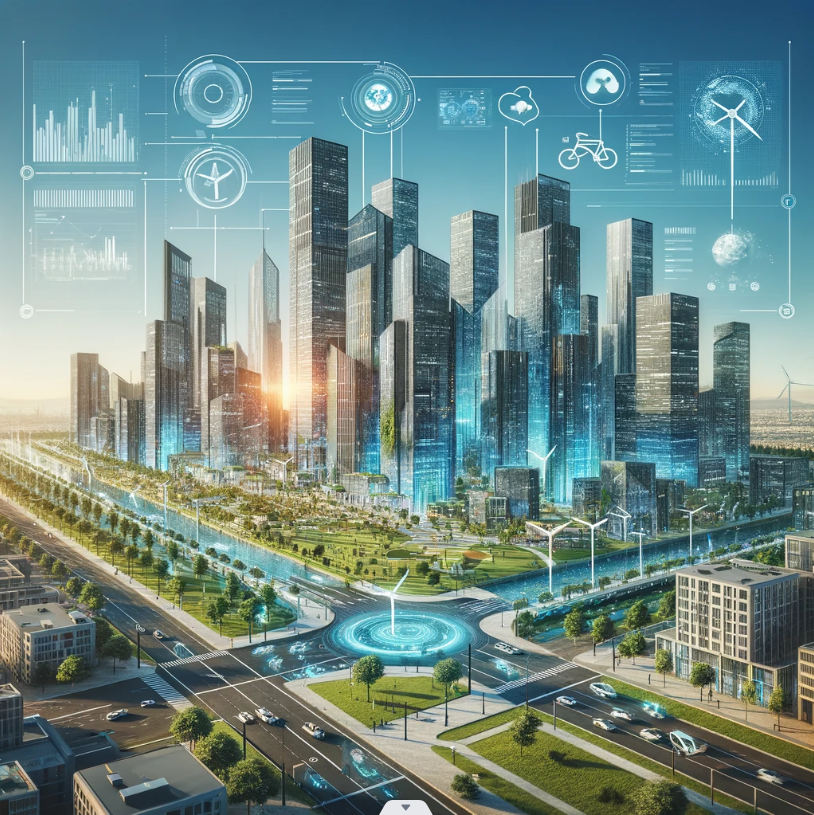
The image above illustrates a futuristic cityscape with a digital twin implementation. Notice the integration of high-tech buildings, renewable energy sources like solar panels and wind turbines, and eco-friendly transport options. This visualization helps underscore the potential of digital twins to create more sustainable and efficient urban environments.
Practical Tips for Implementing Digital Twins for Sustainability
Start with Clear Objectives
Define what sustainability goals you aim to achieve with digital twins. Whether it's reducing carbon footprint, optimizing energy use, or enhancing resource efficiency, having clear objectives will guide the implementation process.
Integrate with IoT
Leverage the Internet of Things (IoT) to gather real-time data, which feeds into the digital twin. This integration is crucial for accurate simulations and analyses that lead to effective sustainability practices.
Foster Interdisciplinary Collaboration
Implementing digital twins for sustainability requires collaboration across various disciplines. Engineers, environmental scientists, and data analysts must work together to design solutions that are technically sound and environmentally beneficial.
Continuous Learning and Adaptation
Sustainability challenges and technologies evolve, and so should the digital twins. Continuously update the digital twins with new data and insights to keep them relevant and effective in meeting sustainability goals.
Case Studies: Success Stories of Sustainability through Digital Twins
Siemens Gamesa Wind Energy Optimization
Siemens Gamesa has utilized digital twins to enhance the efficiency and reliability of their wind turbines. By simulating weather conditions and turbine operations, they've managed to increase energy output while minimizing wear and tear on the turbines, extending their lifespan and reducing the need for replacement resources.
Port of Rotterdam Smart Shipping
The Port of Rotterdam has developed a digital twin of its port operations to optimize shipping routes and dock operations. This has improved efficiency and reduced fuel consumption and emissions, showcasing a prime example of how digital technology can promote environmental sustainability.
Challenges and Considerations
Digital Twin Data Privacy and Security
Implementing digital twins involves handling vast amounts of data, some of which can be sensitive. Ensuring the security and privacy of this data is paramount, particularly concerning systems that intersect with public services or infrastructure.
High Initial Costs
The initial setup for a digital twin can be costly, involving substantial investment in technology and skilled personnel. Organizations must weigh these costs against the long-term benefits of sustainability and efficiency gains.
Digital Twin Technology Complexity
Creating and maintaining digital twins requires a high level of technical expertise. Organizations may need help acquiring the right talent and integrating digital twin technology with existing systems.
Engaging with Digital Twins for Sustainability
Those interested in leveraging digital twins for sustainability should consider starting small with a specific project or area of focus. Assess the outcomes and scale up gradually, integrating lessons learned into broader applications. The potential of digital twins is vast, and their role in sustainability is just beginning to be tapped.
By exploring and promoting their use in this context, we can unlock innovative solutions to some of our most pressing environmental issues.
Conclusion
Digital twins represent a powerful tool in the quest for sustainability. By extending their application beyond mere productivity enhancements to encompass environmental and resource sustainability, industries can improve their operational efficiency and contribute significantly to global sustainability goals.
Integrating digital twins into sustainability initiatives is not just an innovative approach but a necessary evolution in the face of growing environmental challenges.
While embracing digital twins for sustainability, businesses and governments must consider these technologies' ethical implications, security concerns, and long-term viability. With thoughtful implementation, digital twins can serve as a cornerstone of a sustainable future.

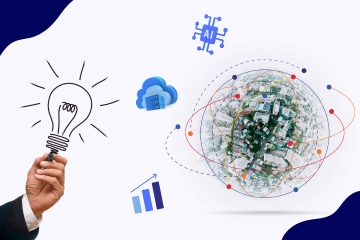
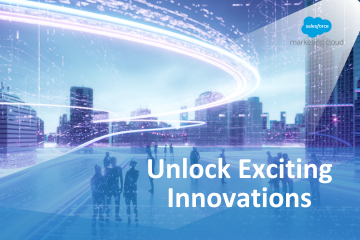

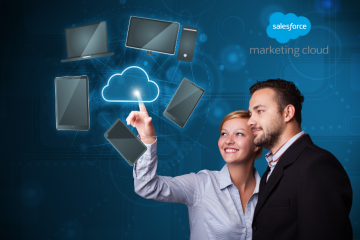
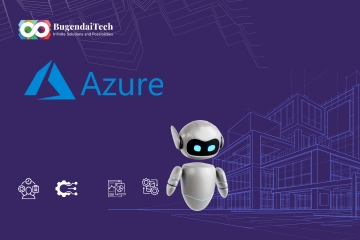
Comments